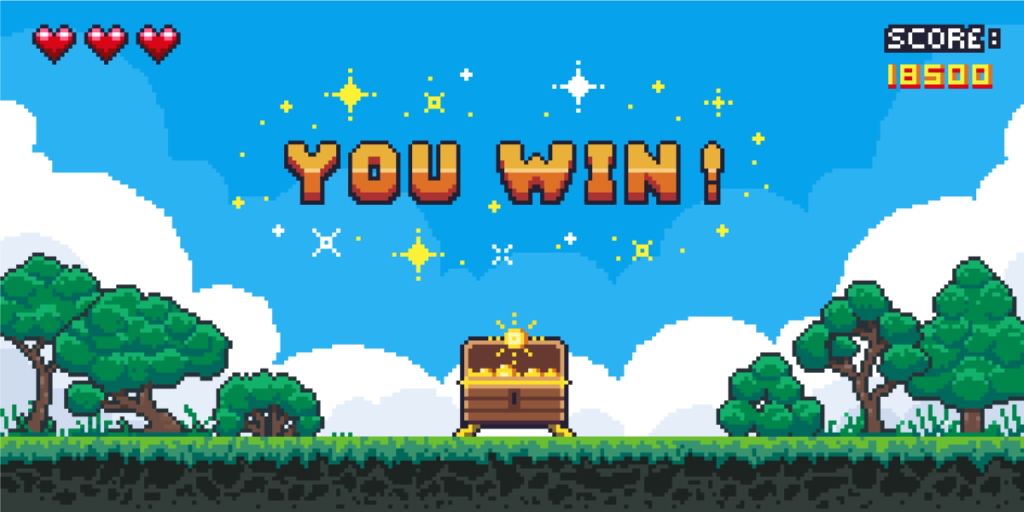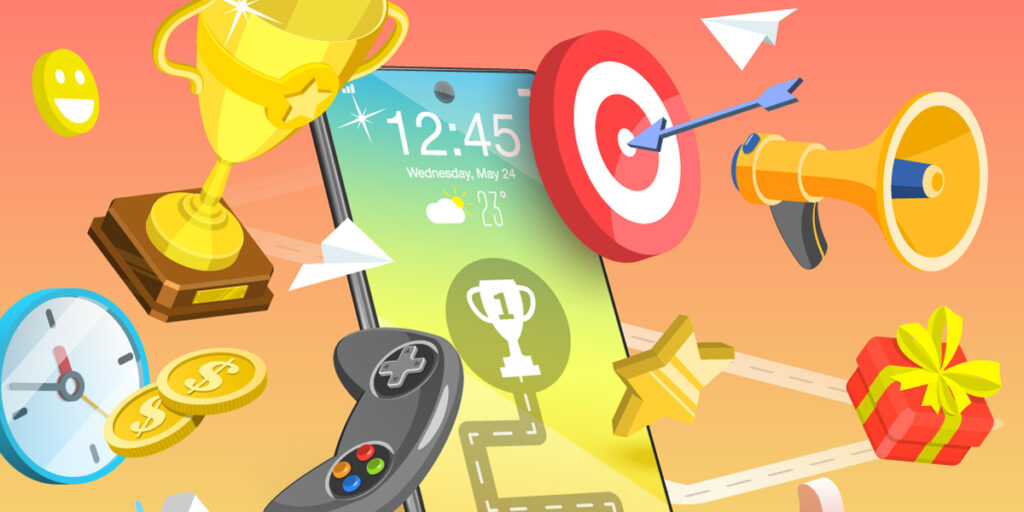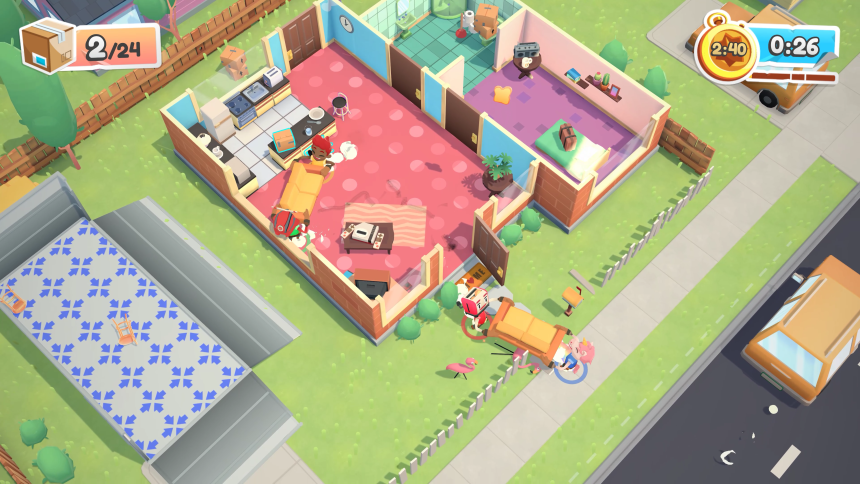What does the word ‘work’ mean to you?
Data entry? Medical appointments? Emergency services? Teaching? NASA astronaut? (OK… unlikely. But you never know.)
Whatever your place of work, ‘fun’ and ‘games’ are probably not concepts that immediately spring to mind. It’s a long-held, not-often-spoken, almost universally-accepted truth about the postmodern work/life paradigm (The Muse): free time is for fun, games, and enjoyment. Work is for labour, exertion, and effort… leading some managers to actually prohibit fun and friendships in the workplace (New York Post).
But do things need to be this way?
What If We Told You… There’s a Different Way To Work
In recent times, gamification in the workplace has skyrocketed in prominence as a genuine, workplace-friendly, productivity-boosting strategy, adopted by business leaders across industries. From a relatively modest market value of $9.1 billion in 2020, the gamification market size is projected to exceed $30 billion by 2025, at a CAGR of 27.4% (Finances Online).
Picture this: employees eagerly tackling challenges, teams collaborating seamlessly, and skills evolving organically – all thanks to the captivating allure of gamification.
Gamification in the workplace allows users to step into a world where tasks become (more) play(ful), and productivity intersects with fun. In the bustling, often stifling realm of business, a powerful transformation is underway. Gone are the days of mundane routines; today, the Sliced Bread Animation team explores how infusing game-like elements into work processes is igniting a spark of workplace innovation.











